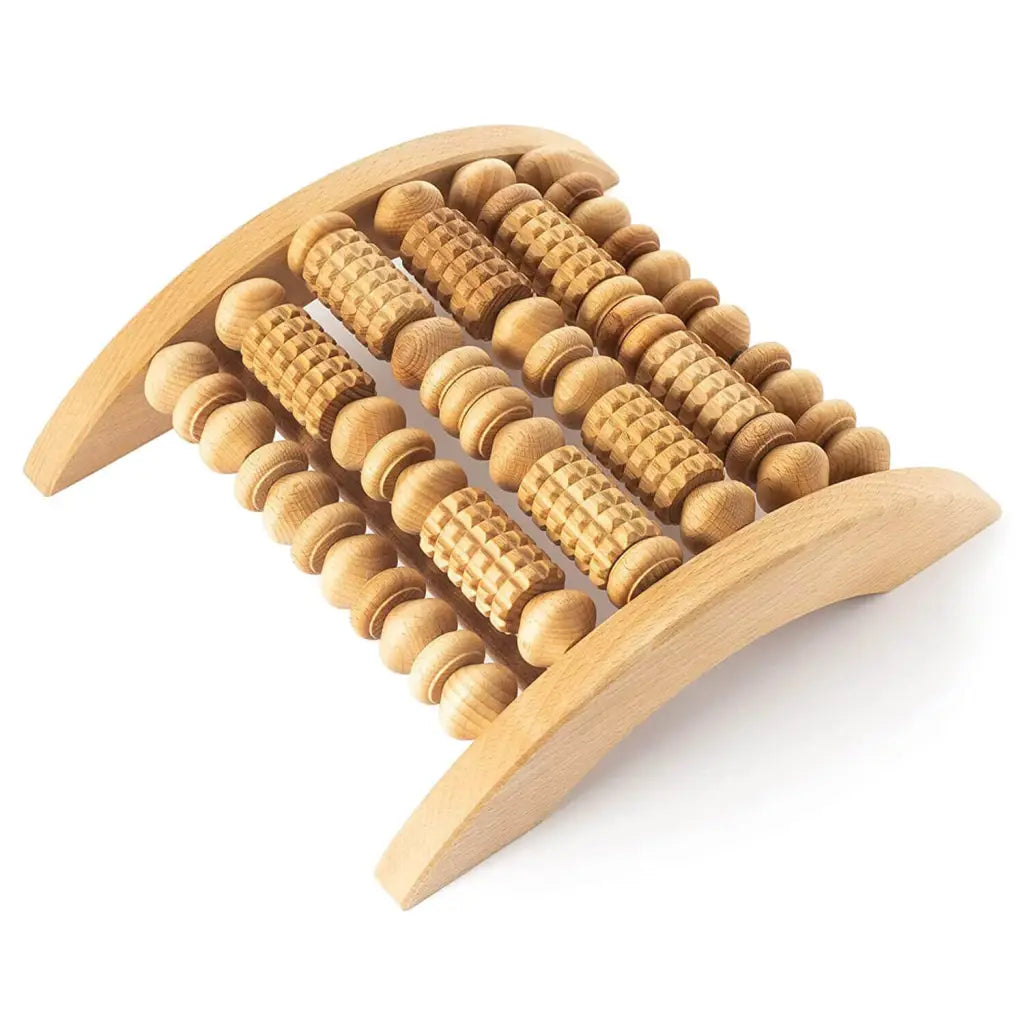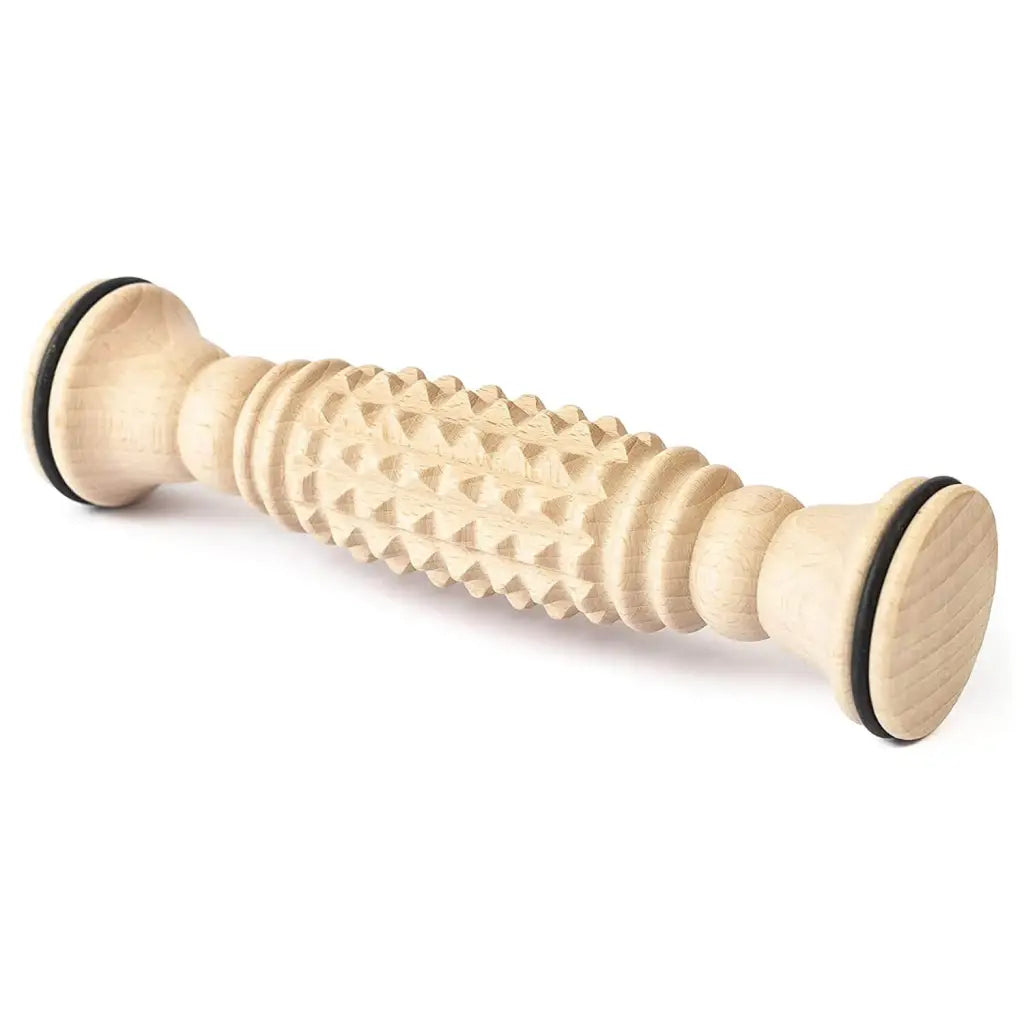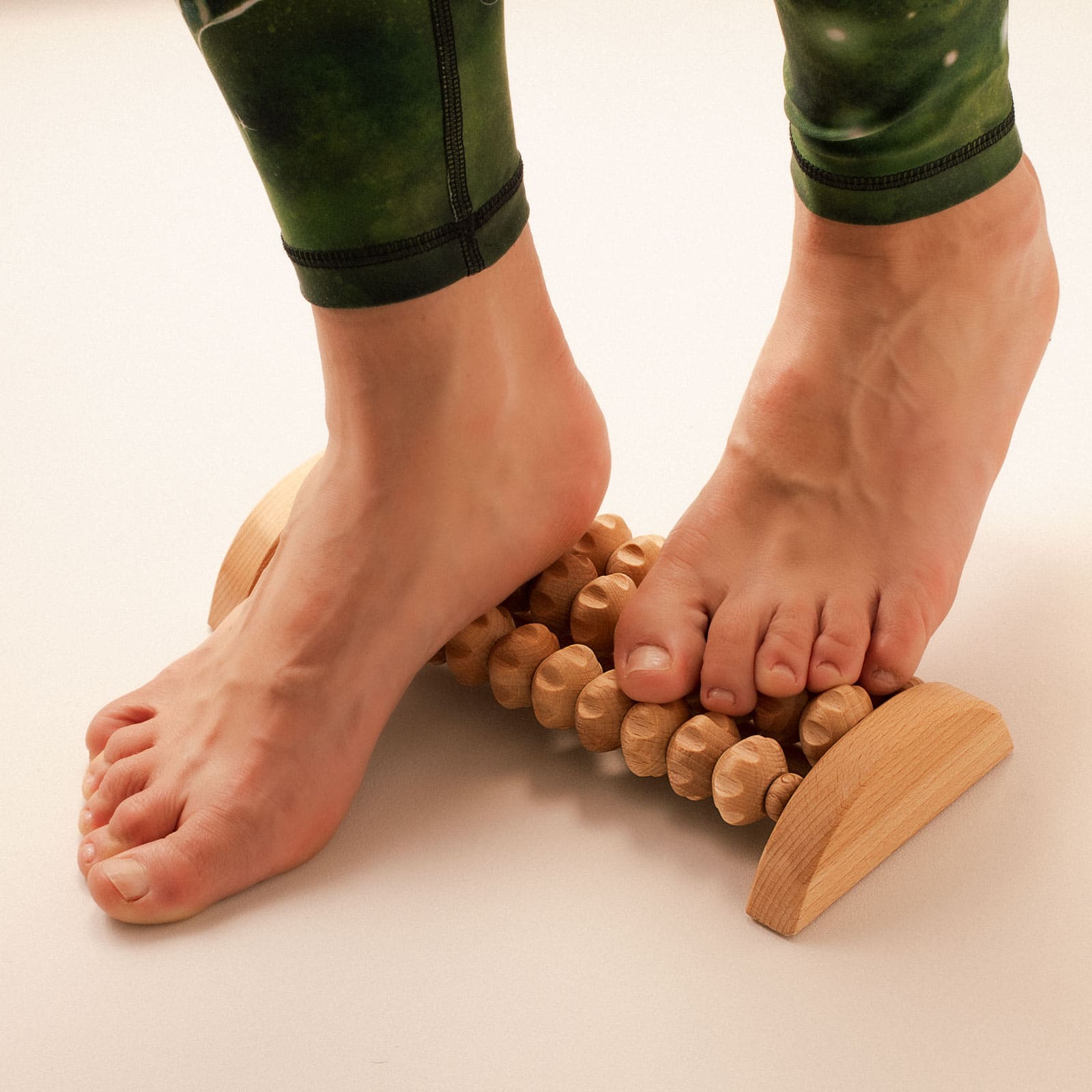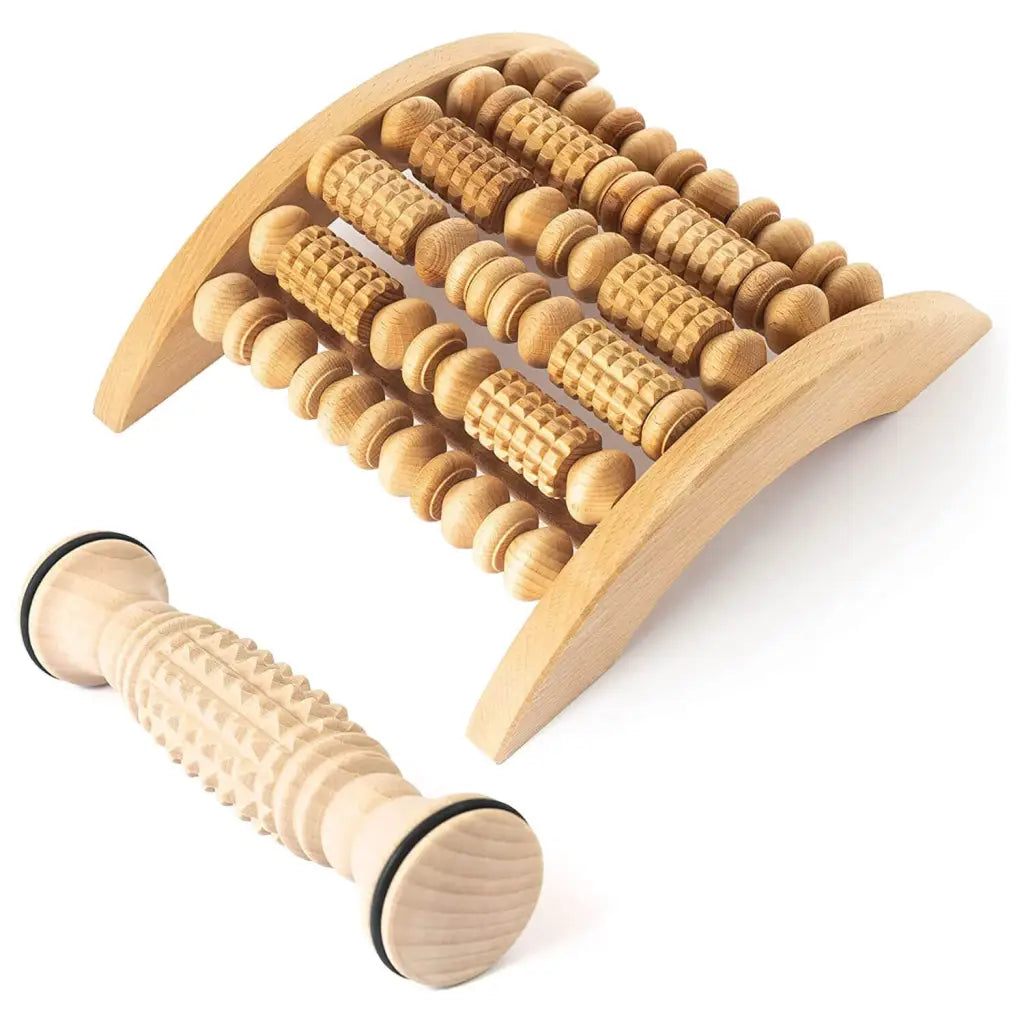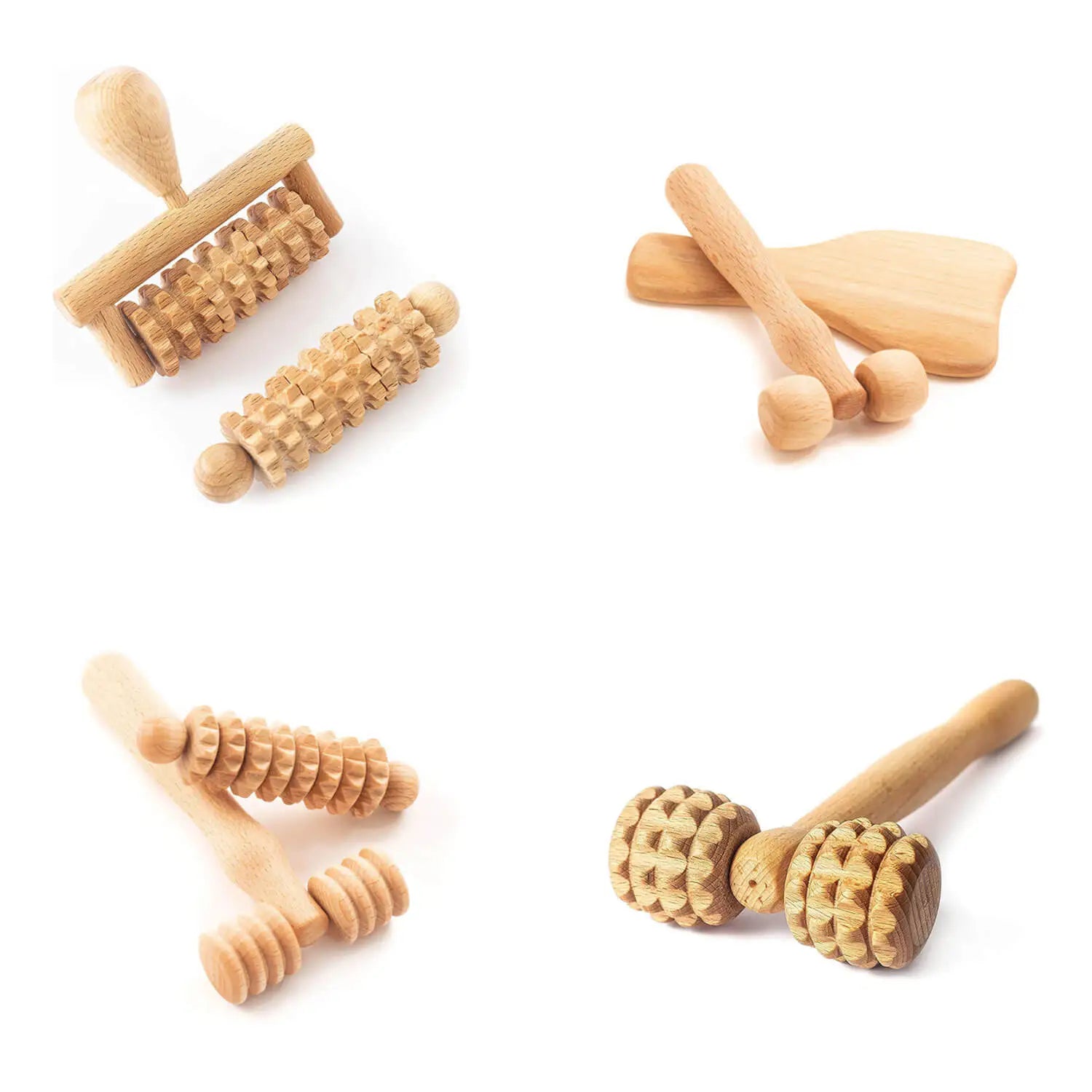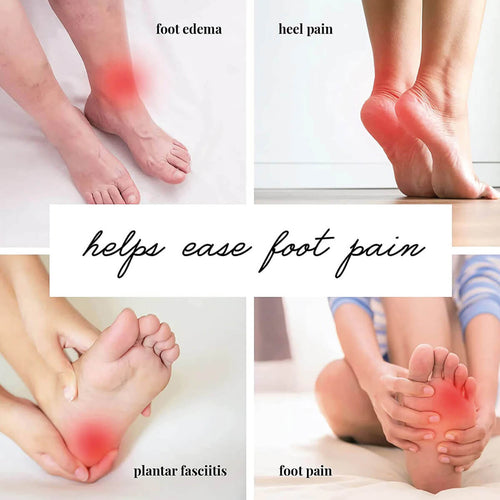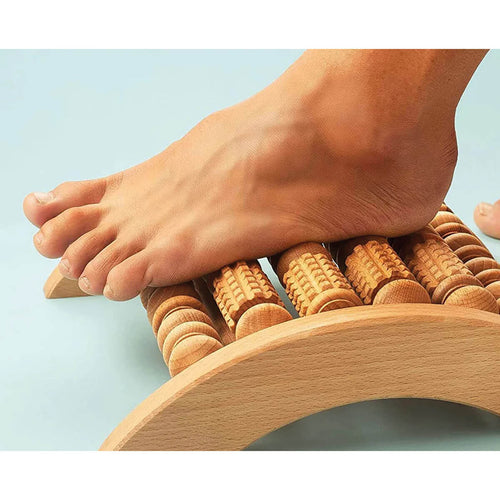
Do Foot Massagers Help with Circulation? Benefits, Risks, and Expert Insights
Ever wondered if a foot massager could do more than just relax your tired feet? Many people turn to these devices not only for comfort but also for potential health benefits like improved blood circulation. With modern lifestyles keeping you on your feet—or off them—for hours, it’s no surprise you might be curious about how a foot massager fits into your wellness routine.
Poor circulation can lead to discomfort, swelling, and even long-term health issues. The idea of boosting blood flow with a soothing massage sounds appealing, but does it actually work? Understanding how foot massagers interact with your body can help you decide if they’re worth the investment for better circulation and overall well-being. Let’s explore what science and experts have to say about their effectiveness.
What Are Foot Massagers?
Foot massagers are devices designed to stimulate and relax the muscles in your feet. They aim to provide therapeutic benefits, including stress relief and improved circulation.
Types Of Foot Massagers
- Manual Foot Massagers: These compact tools, like wooden rollers or spiky balls, require hand or foot movement. They're cost-effective and easy to use.
- Electric Foot Massagers: Electric devices use vibrations, kneading, or rolling motions. Some include heat functions, targeting deeper relaxation and muscle relief.
- Shiatsu Foot Massagers: Shiatsu models replicate massage techniques, applying controlled pressure to reflexology points. They're ideal for tension relief.
- Compression Foot Massagers: Compression units use air chambers to squeeze and relax the feet rhythmically. They focus on blood flow stimulation and muscle recovery.
- Hydrotherapy Foot Massagers: These water-based machines combine massage rollers with warm water. They're effective for relaxation and soothing foot pain.
How They Work
Foot massagers use physical stimulation to promote muscle relaxation and improve circulation. Devices with rollers knead the foot’s surface, releasing tension. Compression massagers enhance blood flow by stimulating vessel dilation through rhythmic squeezing. Heat features increase blood circulation and relieve stiffness, particularly when combined with massage motions. Reflexology-based models target nerve endings to impact nerve function and overall well-being.
The Connection Between Foot Massagers And Circulation
Foot massagers enhance circulation by applying targeted pressure and stimulating muscle activity in the feet. These devices influence blood flow mechanics, often providing noticeable health benefits.
Scientific Basis For Improved Circulation
Physical stimulation from foot massagers activates muscles and increases blood flow through veins in the feet and lower legs. Studies have shown that mechanical manipulation, like kneading and vibrations, boosts arterial circulation and venous return. Reflexology techniques target pressure points, influencing central nervous system functions to improve overall circulation.
Research shows that using a foot massager regularly can help improve circulation, especially for those with a sedentary lifestyle or conditions like diabetes or peripheral artery disease. By boosting the flow of oxygen-rich blood to your tissues, foot massagers support healthier veins and overall vascular health.
Benefits Of Better Blood Flow
Improved circulation from foot massagers promotes oxygen delivery and nutrient transportation throughout your body. Enhanced blood flow aids in faster recovery from muscle fatigue and exercise, reduces swelling in the feet and ankles, and alleviates symptoms of chronic conditions like neuropathy.
By reducing pooling of blood in lower extremities, these devices lessen discomfort and prevent risks associated with poor circulation, including varicose veins or deep vein thrombosis (DVT). Consistent use keeps tissues healthy, supports natural healing processes, and helps maintain overall vitality in daily life.
Alternative Methods To Improve Circulation
Improving circulation requires a multi-faceted approach beyond using foot massagers. Exploring additional methods can help you enhance blood flow and support overall health.
Exercise And Physical Activity
Engaging in regular exercise promotes healthy blood circulation by increasing heart rate and stimulating muscle contractions. Activities like walking, jogging, cycling, and swimming activate your leg muscles, facilitating venous blood return to the heart. Brief aerobic workouts, lasting 20-30 minutes daily, can significantly improve vascular health. Stretching or yoga further aids circulation by reducing muscle tension and improving flexibility.
Diet And Lifestyle Changes
Adopting a nutrient-rich diet plays a critical role in supporting optimal blood flow. Foods high in omega-3 fatty acids, like salmon and walnuts, promote healthy vessel function. Including fruits rich in vitamin C, such as oranges and strawberries, helps maintain vascular elasticity. Avoid foods high in trans fats and sodium, as they may impede circulation.
Lifestyle adjustments also contribute to improved circulation. Limit prolonged sitting or standing by incorporating movement throughout your day. Proper hydration helps maintain blood viscosity and reduces risks of clot formation. Reducing smoking and alcohol consumption further protects vascular health. Together, these changes create conditions for effective blood flow and long-term cardiovascular wellness.
Are Foot Massagers Right For You?
Foot massagers offer numerous benefits, but they may not suit every situation. Consider specific factors and circumstances before incorporating a foot massager into your routine.
Factors To Consider
Evaluate your health needs, device preferences, and expected outcomes. For individuals with poor circulation or chronic foot discomfort, foot massagers provide targeted pressure and stimulation. Choose a device type—manual or wooden, electric, Shiatsu, compression, or hydrotherapy—that aligns with your desired therapeutic benefits and lifestyle.
Assess your tolerance for pressure and intensity. While some massagers apply intense pressure that may cause discomfort for sensitive users or those with conditions such as neuropathy, wooden foot massagers offer a natural and adjustable approach, allowing you to control the pressure based on your comfort level.
Factor in cost and maintenance requirements. Unlike electric and advanced models that may have higher upfront costs and require regular upkeep, wooden massagers are budget-friendly, durable, and virtually maintenance-free—perfect for anyone seeking an effective, low-maintenance solution.
When To Consult A Professional
Seek professional advice if you have existing medical conditions. If you experience diabetes, circulatory disorders, or inflammation, consult your doctor to ensure a foot massager is safe for use. Avoid using these devices on open wounds, infections, or fractures without medical clearance.
Look for guidance if symptoms persist. If foot pain, swelling, or poor circulation continues despite consistent use, consult a specialist. Therapists and podiatrists can recommend alternative treatments, exercises, or devices tailored to your needs.
Key Takeaways
- Foot massagers can improve blood circulation by stimulating muscles, enhancing venous return, and promoting vessel dilation.
- Regular use helps relieve symptoms of poor circulation, such as swelling, discomfort, and fatigue, while also supporting overall vascular health.
- Devices like compression, Shiatsu, and heated foot massagers provide targeted pressure and relaxation for added circulation and pain relief benefits.
- While effective for temporary relief, foot massagers are not substitutes for medical treatments and should complement other approaches like exercise or a healthy diet.
- Individuals with certain medical conditions should consult a healthcare professional before using a foot massager to ensure safety and efficacy.
Conclusion
Foot massagers can be a valuable addition to your wellness routine, offering both relaxation and potential circulation benefits. While they’re not a cure-all, their ability to promote blood flow and alleviate discomfort makes them worth considering for many individuals.
By understanding your specific needs and preferences, you can choose a device that complements your lifestyle. Combine its use with healthy habits like regular exercise and a balanced diet to maximize your results. Always consult a healthcare professional if you have underlying conditions or persistent symptoms to ensure safe and effective use.
With the right approach, a foot massager could be a simple yet impactful tool to support your overall well-being.
Refresh and revitalize your feet naturally—shop our wooden foot massagers at Tuuli for relaxation and improved circulation!
Frequently Asked Questions
What are the main benefits of using a foot massager?
Foot massagers improve blood circulation, reduce stress, alleviate muscle tension, and promote relaxation. They can also relieve swelling, enhance oxygen and nutrient delivery in the body, and assist in managing chronic conditions like neuropathy or varicose veins.
Can a foot massager actually improve circulation?
Yes, foot massagers improve circulation by applying targeted pressure, stimulating muscle activity, and enhancing venous return. Scientific studies confirm that kneading, vibrations, and reflexology techniques can effectively support arterial blood flow and overall circulation.
What types of foot massagers are available?
Common types include manual foot massagers like wooden, electric foot massagers, Shiatsu foot massagers, compression foot massagers, and hydrotherapy foot massagers. Each type offers unique features like kneading, heat application, or water-based relaxation.
Are foot massagers suitable for everyone?
Most people can benefit from foot massagers, but individuals with medical conditions like diabetes or circulatory issues should consult a healthcare professional first. Those sensitive to pressure or vibrations should select devices that match their comfort level.
How often should I use a foot massager for better circulation?
For optimal benefits, using a foot massager for 15–30 minutes daily or several times a week is typically recommended. However, frequency may vary based on individual health needs and device instructions.
Can foot massagers replace medical treatments?
No, foot massagers provide temporary relief and are not substitutes for medical treatments. For severe circulation issues or chronic conditions, it’s essential to consult a healthcare provider for specialized care.
How do foot massagers compare to exercise in improving circulation?
While both improve circulation, foot massagers target the feet directly, whereas exercise benefits the entire body by boosting heart rate and muscle activity. Combining both approaches can enhance overall cardiovascular health.
Do foot massagers help with recovery from muscle fatigue?
Yes, foot massagers accelerate muscle recovery by enhancing blood flow, which delivers oxygen and nutrients to tissues. This helps reduce swelling and alleviate post-exercise soreness.
What lifestyle changes can complement foot massager use for circulation?
Regular exercise, a nutrient-rich diet, hydration, and avoiding prolonged sitting or standing can significantly improve blood flow. Foot massagers enhance these efforts by providing targeted muscle relaxation and stimulation.

